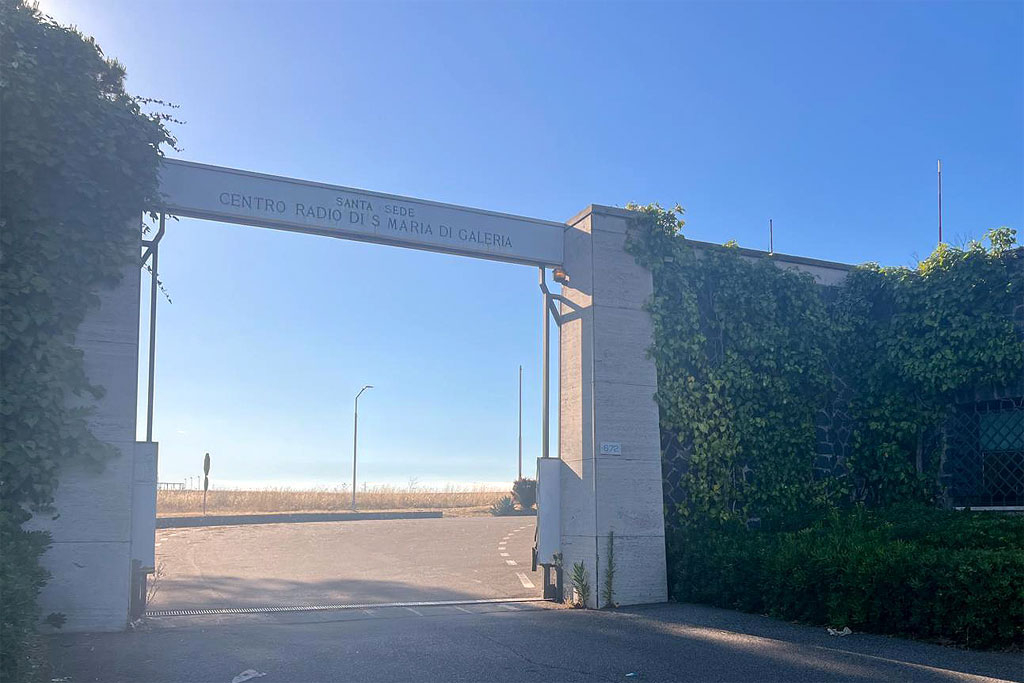Renewable energy and protection of the ecosystem

The Motu Proprio, Fratello Sole, calls for the construction of an agrivoltaic plant to supply electricity to Vatican City State
In his Apostolic Letter issued Motu Proprio, Fratello Sole of 21 June 2024, Pope Francis entrusted Cardinal Fernando Vérgez Alzaga, President of the Governorate of Vatican City State, and Archbishop Giordano Piccinotti, President of the Administration of the Patrimony of the Holy See, with the “the task of constructing an agrivoltaic plant located within the extraterritorial zone of Santa Maria di Galeria that will guarantee, not only the power supply of the radio station there, but also the complete energy sustenance of Vatican City State”.
In order to fulfil this goal, the Pope appointed the Cardinal and the Archbishop as Extraordinary Commissioners “with full capacity to carry out the necessary acts of ordinary and extraordinary administration”. The Governorate of Vatican City State is at the forefront, with all its organization and technical skills to contribute to the construction of the agrivoltaic plant.
In the Motu Proprio, Pope Francis refers to the Encyclical letter Laudato Si’ in which he called for more sustainable lifestyles and the promotion of restraint in the use of resources and energy, as an act of love towards the planet and its brothers and sisters. In order to attain the goal of “climate neutrality”, Pope Francis requested in the Motu Proprio, that we reconsider our habits and behaviours, as well as adopt “a sustainable development model that reduces greenhouse gas emissions into the atmosphere”.
One of the instruments that technology has made available is the agrivoltaic system.
It is a system that generates renewable energy, combining cultivation of agricultural land with energy produced by solar panels.
Initial experimentation with what we now know as agrivoltaic systems date back to the early 1980s. The combination of agriculture and voltaic systems first appeared in 2011. The idea was to offer land owners the possibility of renting their properties to instal photovoltaic panels, while still maintaining their main agricultural activity.
The first benefits of this system are related to the conservation of nature and the protection of the ecosystem.
In fact, solar panels are placed on elevated surfaces that allow the cultivation of the land below, with minimum shadows and ensuring that the plants may grow. At the same time, they provide protection from extreme climate conditions and contribute to stabilizing environment’s conditions. In this way, the land can be used for its agricultural purposes and livestock and for energy production.
Moreover, the installation of a photovoltaic system produces green energy with low carbon emissions as combustion is not involved in its production. One should also note that solar plants have an estimated life span of 25-30 years, at the end of which, they can be completely dismantled. The impact on pollution is minimal because silicon, which is used in photovoltaic technology, is made from sand which is abundant on the planet. The main thing to remember is that the production of solar energy has no impact on the water table or on the surface water of the land on which it is installed. Furthermore, it is silent unlike wind energy. And the electricity produced is put back into the power grid.





